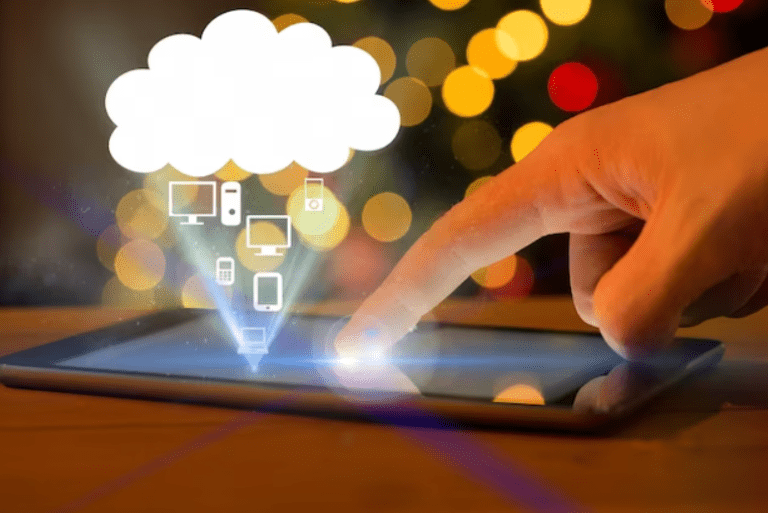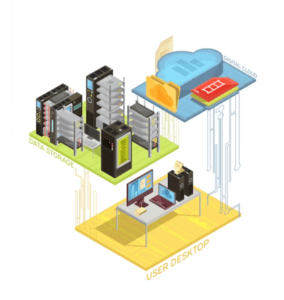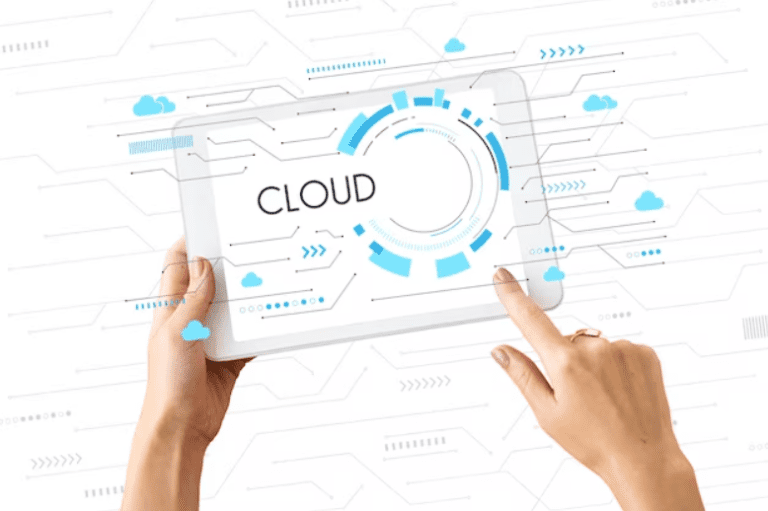Inside Dunzo's Architecture: How They Tackled the 'Hyperlocal' Problem
Dunzo, a pioneering hyperlocal delivery platform in India, transformed the way people acquired vital commodities and services by merging technology with operational effectiveness. Dunzo, known for its lightning-fast deliveries and user-friendly software, has charmed customers for years. However, despite its eventual downfall , The platform's novel architecture continues to demonstrate its ability to address challenging challenges associated with hyperlocal delivery at scale.

The Core Problem: Scaling Hyperlocal Delivery#
Hyperlocal delivery entails managing a dynamic and complex ecosystem that includes customers, delivery partners, merchants, and even weather conditions. Key challenges include:
Real-Time Order Management#
Managing thousands of orders in real time necessitates a reliable system capable of rapidly handling order placement, processing, and assignment to delivery partners. To ensure client pleasure, this must be completed as quickly as possible.
Dynamic Pricing#
Hyperlocal delivery platforms function in an environment where demand and supply change fast. Dynamic pricing algorithms must constantly adjust delivery prices to reflect current market conditions while maintaining profitability and fairness.
Optimized Routing#
Finding the fastest and most efficient routes for delivery partners poses a logistical difficulty. Routing must consider real-time traffic, road conditions, and the geographic distribution of merchants and customers.
Scalable Infrastructure#
The system must withstand tremendous loads, particularly during peak demand periods such as festivals, weekends, or flash sales. Scalability failures can result in unsatisfactory customer experiences and revenue losses.
Dunzo addressed this challenge by implementing distributed infrastructure and auto-scaling mechanisms. Similarly, Nife offers a unique BYOC (Bring Your Own Cluster) feature that allows users to integrate their custom Kubernetes clusters into the platform, ensuring flexibility and scalability for applications. Learn more about BYOC at Nife's BYOC Feature.
Dunzo's Solution#
To tackle these issues, Dunzo created a sophisticated, scalable architecture based on cutting-edge technology. Here's how they handled each aspect:
Microservices Architecture#
Dunzo implemented a microservices architecture to improve scalability and modularity. Rather than relying on a single application, the platform was divided into independent services, each responsible for a specific domain, such as:
- Order Management: Managing the lifecycle of orders.
- User Authentication: Ensuring secure logins and account management.
- Real-Time Tracking: Enabling customers to monitor their deliveries on a live map.
Advantages of this approach:
- Independent Scaling: Each service could be scaled according to its specific demand. For example, order management services could be scaled independently during peak hours without affecting other aspects of the system.
- Fault Tolerance: The failure of one service (for example, tracking) would not bring down the entire system.
- Faster Iterations: Services might be upgraded or debugged independently, resulting in faster development cycles.
Kubernetes for Orchestration#
Dunzo launched their microservices using Kubernetes, an open-source container orchestration platform that enables seamless service administration and scaling.
Key benefits:
- Auto-Scaling: Kubernetes automatically adjusts the number of pods (containers) in response to real-time traffic.
- Load Balancing: To prevent overload, incoming queries were spread evenly among numerous instances.
- Self-Healing: Failed pods were restarted automatically, guaranteeing maximum uptime and reliability.
Similarly, Nife supports replicas to ensure your applications can scale effortlessly to handle varying workloads. With replicas, multiple instances of your application are maintained, ensuring reliability and availability even during high-demand periods. Learn more about this feature at Nife's Replica Support.
Event-Driven Architecture#
To manage real-time events efficiently, Dunzo employed an event-driven architecture powered by message brokers like Apache Kafka. Events such as "order placed," "order assigned," and "order delivered" were processed asynchronously, allowing:
- Reduced Latency: Real-time updates without disrupting other activities.
- Scalability: Kafka's distributed architecture allowed it to handle huge amounts of data during peak hours.
Real-Time Data Processing#
Real-time data was essential for dynamic pricing, delivery estimations, and route optimization. Dunzo used tools such as:
- Apache Kafka: To absorb and stream data in real time.
- Apache Flink: Processing streaming data to dynamically calculate delivery timings and cost.
For example, if there was a surge in orders in a certain area, real-time data processing enabled the system to raise delivery fees or recommend adjacent delivery partners.
Data Storage#
Dunzo uses a variety of databases that were designed for various use cases.
- PostgreSQL: Used to store transactional data such as orders and user information.
- Redis: Caches frequently used data, such as delivery partner locations and ETA updates.
- Cassandra: For storing high-throughput data such as event logs and telemetry.
Machine Learning Models#
Dunzo used machine learning to improve several parts of its operations:
- Demand Prediction: Using past data to estimate peak demand periods, ensuring there were enough delivery partners available.
- Route Optimization: Using traffic patterns and previous delivery data to determine the fastest routes.
- Fraud Detection: Detecting abnormalities such as fraudulent orders, the misuse of promotional coupons, or strange user behavior.
Monitoring and Observability#
To ensure smooth operations, Dunzo deployed monitoring tools like Prometheus and Grafana. These tools provided real-time dashboards for tracking key performance metrics, such as:
- API Response Times: Ensuring low-latency interactions.
- System Uptime: Monitoring the health of microservices and infrastructure.
- Delivery Partner Availability: Tracking the number of active partners in real time.
Lessons from Dunzo's Architecture#
Dunzo's technical architecture emphasizes the value of modularity, scalability, and real-time processing in hyperlocal delivery platforms. While the company is no longer in operation, its inventions continue to serve as a significant template for developing comparable systems.
For those interested in learning more about the underlying technologies, here are some excellent resources:
Final Thoughts#
Dunzo's story highlights the problems of hyperlocal delivery at scale, as well as the solutions needed to meet them. The platform showcased how modern technology, including microservices and Kubernetes, real-time data processing, and machine learning, could produce a seamless delivery experience. As the hyperlocal delivery industry evolves, businesses can take inspiration from Dunzo's architecture to create strong, customer-centric solutions.








